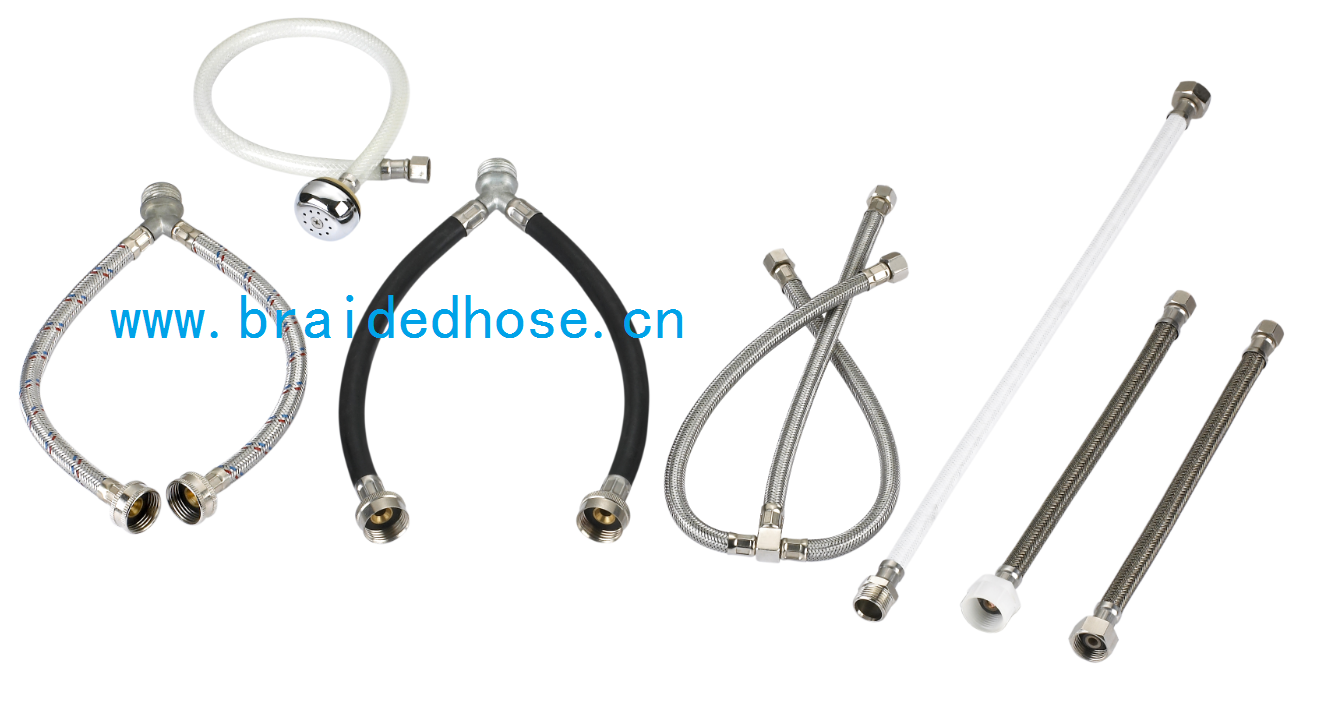How to Release Pressure from a Hydraulic Hose
How to Release Pressure from a Hydraulic Hose?
As I mentioned earlier, releasing pressure from a hydraulic hose is straightforward. However, some basic knowledge is required before getting started. There are generally three methods to release the pressure. In the following sections, I’ll explain each one.
1. Using the Built-in Relief Valve in the System
Modern hydraulic systems come equipped with built-in pressure relief valves. These valves make life easier and reduce hassle. They include a pressure gauge and a lever. The gauge helps you monitor the exact residual pressure inside the hose, while the lever allows you to adjust the pressure. Some hydraulic systems also feature a knob that functions similarly to the lever.
First, check the pressure and note the reading on the hose. If the gauge shows zero pressure, you don’t need to do anything other than disconnecting the hose. On the other hand, if the gauge indicates pressure, you’ll need to release it. To do this, turn the lever from the closed position to the open position. When opened, it provides a pathway for the pressure to escape from the hose.
While the lever is in the open position, monitor the pressure gauge. You’ll see the pressure gradually drop. Once the indicator reaches zero, you can close the lever again. Similarly, if the hydraulic system has a knob, rotate it from the closed to the open position. These built-in relief valves are typically found in advanced hydraulic systems.
2. Operating the Control Valve to Release Pressure
Hydraulic systems are equipped with control valves. These valves are crucial because they regulate the flow of hydraulic fluid. When fully open, the valve ensures 100% fluid flow, while partial closure reduces the flow. If the valve is closed, hydraulic fluid cannot circulate, and the machinery will fail to operate.
This valve can also be used to release pressure from the hose. First, turn off the machine—the hydraulic system should not be in use or under pressure. Then, quickly open and close the control valve. This rapid cycling helps release pressure trapped in the hose, allowing the fluid to return to the reservoir or fluid tank. This method is useful when the hydraulic system lacks a dedicated relief valve.
3. Carefully Loosening the Hose Fitting
This pressure-release method can be risky, but it may be necessary if no other options are available. As you know, when a hose requires maintenance, we must relieve the pressure before disconnecting it from the hydraulic system. To do this safely, wear protective gloves and slowly loosen the hose fitting (connection point).
Proceed with caution—loosen the fitting gradually while standing to the side of the hose. Use a cloth to cover the connection point as you begin loosening it. This allows some of the trapped pressure to escape slowly. Once the pressure drops to a safer level, you can loosen the fitting further.
By repeating this process multiple times, you can fully depressurize the hose. However, this method is hazardous. If the fitting is loosened too much too quickly, the pressurized fluid may burst out violently, potentially causing severe skin burns. Therefore, always wear safety goggles and gloves, and use a cloth to minimize risks.


 简体中文
简体中文 English
English